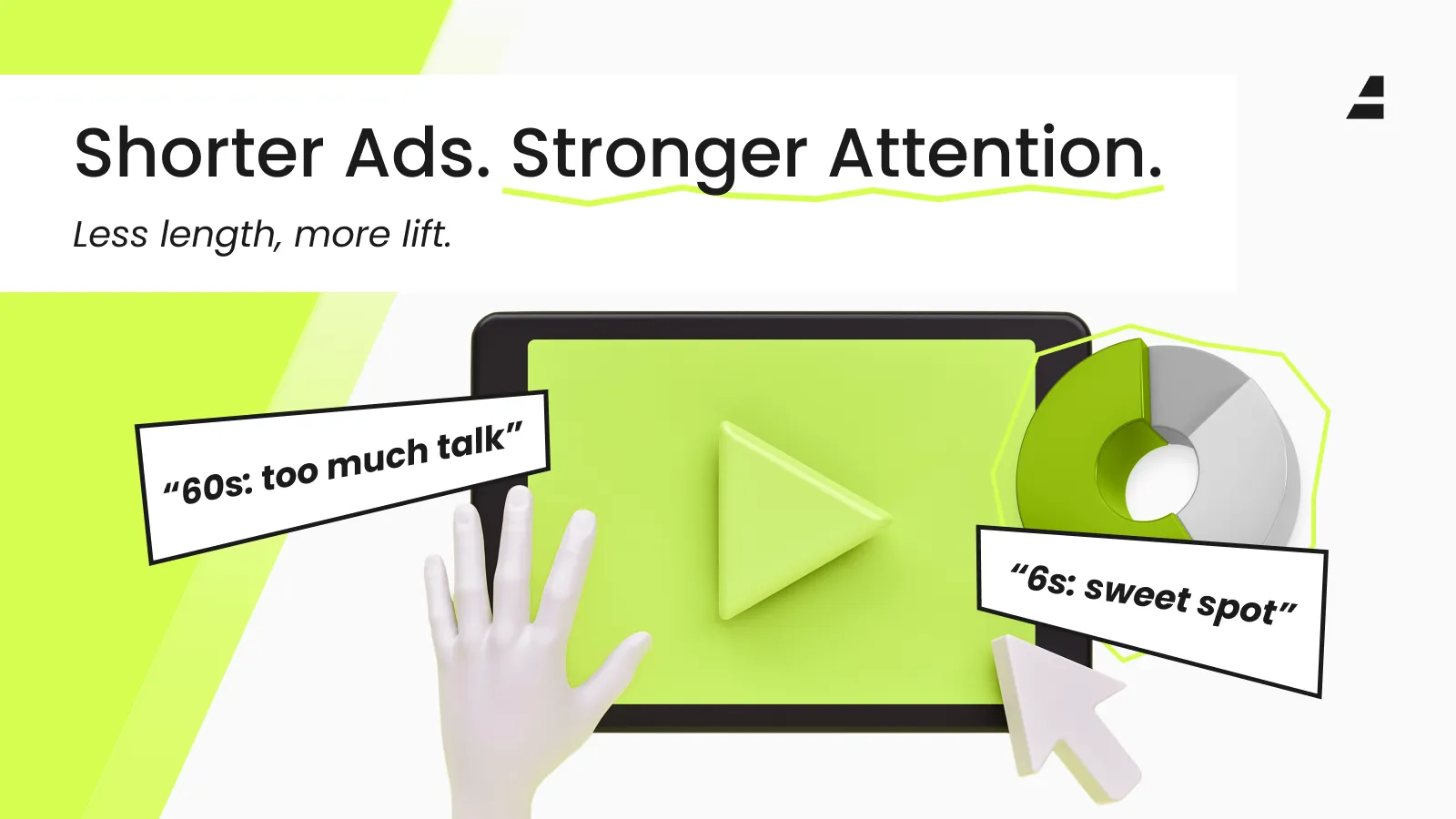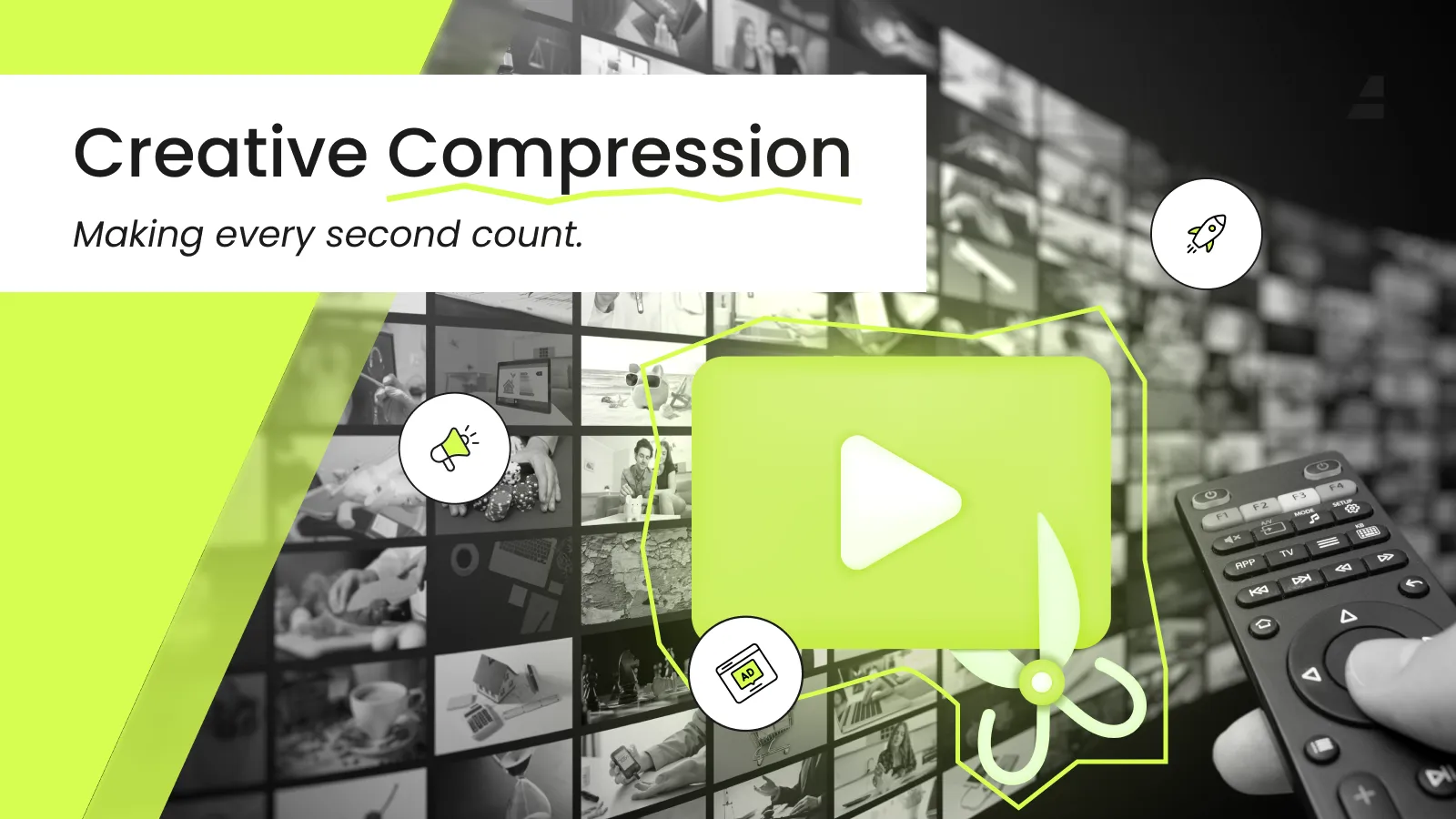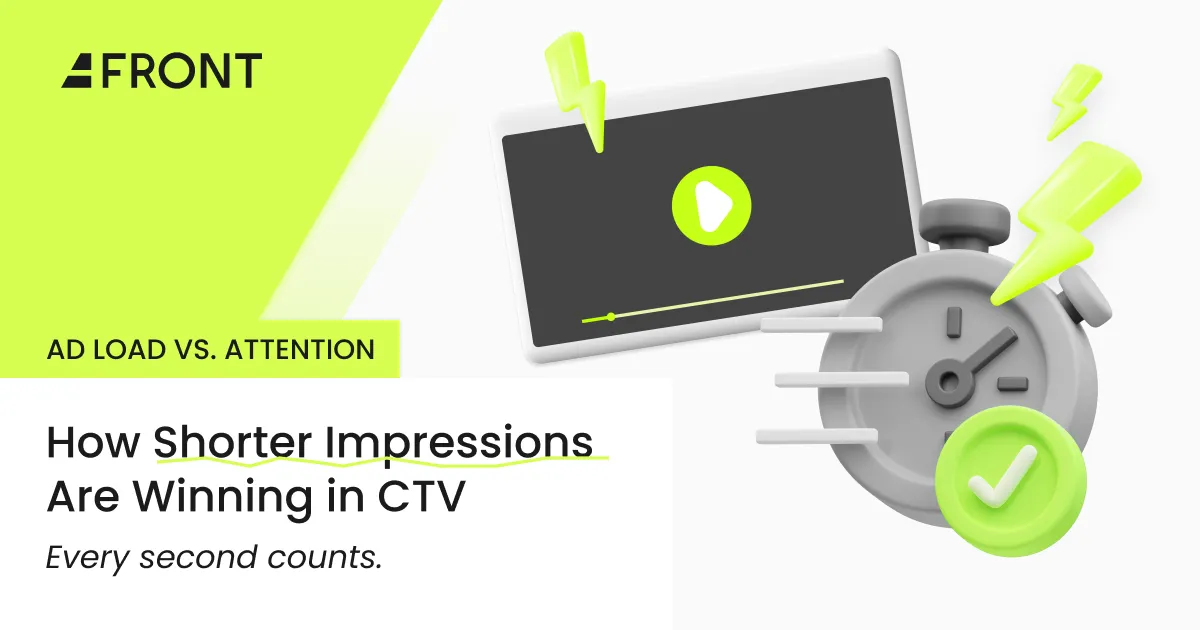In Connected TV (CTV), time is currency — and audiences are becoming less generous with it. As more platforms compete for screen time, every extra second of ad exposure risks becoming a scroll, a skip, or a switch.
This shift is rewriting how we define value in CTV advertising Longer ad pods once promised reach and revenue. Today, shorter, smarter, and more relevant impressions are driving performance. The question isn’t how many ads you can serve — it’s how many seconds of real attention you can earn.

Afront helps brands turn time into performance through smarter ad delivery.
At Afront, we believe this isn’t a limitation — it’s a design challenge. The brands that master short-form impact will own the next era of CTV engagement.
The Attention Dilemma: Why Ad Load Doesn’t Equal Impact
In traditional TV, more ads meant more money. But in streaming, that logic breaks down. High ad loads cause fatigue, abandonment, and reduced brand recall — all of which directly undercut campaign ROI.
A viewer today expects control. When ad frequency spikes or breaks feel intrusive, that control is exercised instantly — through app exits, muting, or ad skipping.
This is where CTV diverges from linear: audiences aren’t just watching; they’re managing their experience.
For advertisers, that means attention is now a finite resource — one that needs to be earned, not assumed.
Recent studies show that even a 15-second, well-timed, contextually relevant ad can outperform a 60-second spot that feels misplaced. Precision, not duration, drives engagement.
The Rise of Micro-Impact: Why Less Is More
Shorter ad formats — six-second bumpers, five-second pre-rolls, and midroll microspots — are proving that brevity sells.
These formats thrive on two things: message compression and context alignment.
They deliver the essence of a campaign in the moment when a viewer is most receptive — often between episodes, or as a natural part of binge-viewing flow.
This shift mirrors how audiences process digital content across platforms. The average viewer now consumes ads the same way they consume social videos: fast, relevant, and frictionless.

Afront proves short ad formats drive higher attention and stronger brand lift on CTV.
By designing for attention spans rather than interrupting them, advertisers can create recall that lasts far beyond the ad break.
Balancing Revenue and Experience: The Publisher’s Equation
For publishers, the temptation to increase ad load is understandable. More inventory often means more revenue — at least in theory.
In practice, however, saturation erodes user satisfaction, leading to churn, reduced watch time, and lower lifetime value.
The smartest publishers are moving toward adaptive ad models — using machine learning to dynamically adjust ad frequency and length based on viewer behavior and content type.
Platforms like Afront make this balance measurable. Through real-time yield analytics and viewer engagement signals, we help publishers find the sweet spot: where ad experience feels natural, and monetization remains strong.
The result isn’t fewer ads — it’s better ads, delivered smarter.
Creative Compression: Making Every Second Count
The art of the short ad isn’t about shrinking scripts — it’s about amplifying ideas.
In a six- or fifteen-second spot, there’s no room for build-up or clutter. Every frame must serve the message.
This forces creative teams to focus on what truly matters: the visual hook, emotional tone, and single actionable takeaway.

Afront’s “Creative Compression” — the art of maximizing impact in every second of a CTV ad.
AI-driven tools now enable advertisers to test multiple creative variants in real time — identifying which versions hold attention, which convert, and which fall flat.
At Afront, we call this creative compression — combining precision targeting with high-impact storytelling that thrives within shorter time frames.
Attention as the New Performance Metric
The evolution from impressions to attention is more than a trend — it’s the new foundation of digital media.
CTV advertisers are shifting from volume-based metrics toward engagement-based measurement — tracking view-through rates, interaction depth, and attention time per viewer.
This creates a truer picture of ROI. A single engaged impression can now be worth more than ten passive ones.
With programmatic transparency and predictive analytics, Afront helps advertisers optimize for these deeper signals — ensuring that every impression is not just seen, but felt.
Curious why your display-web playbook isn’t cutting it in streaming? Read our earlier article, “New Channel, Old Tricks: Why Legacy Web Tactics Fail in CTV”, to discover how old-school digital tactics are holding back the future of connected-TV advertising — and what truly wins going forward.
Conclusion: Designing for Human Attention
As CTV matures, success won’t come from adding more minutes to ad pods — it will come from earning more moments of genuine engagement.
Attention, not inventory, is the new competitive advantage. Shorter formats, smarter data, and adaptive delivery models are already proving that quality beats quantity every time.
For advertisers, this means rewriting the creative brief. For publishers, it means optimizing with empathy. For the ecosystem, it means performance without intrusion.
Performance isn’t about length — it’s about focus. Put your brand front with Afront and center where attention matters most. Let’s bring your brand to the front.
